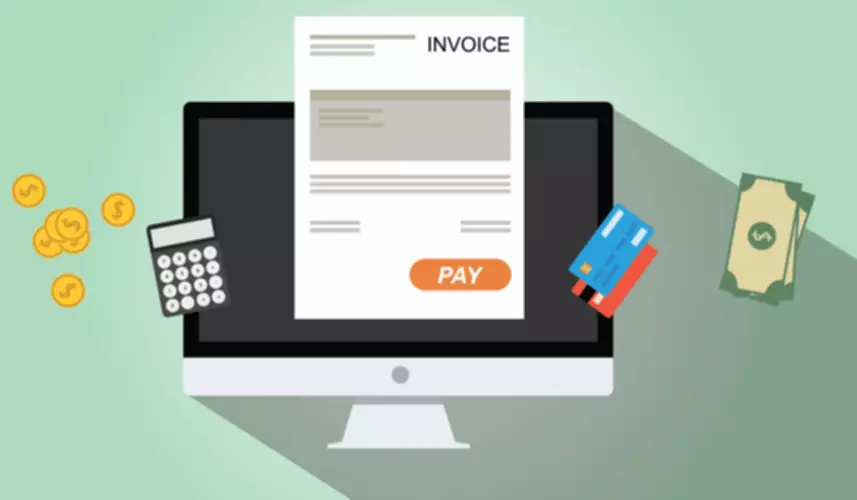Content

Changes to either assets or liabilities will cause a change in net working capital unless they are equal. Others include the overgeneralization of the specific asset and liability balances, and the lack of trending information. Basic Cash Flow Statement Breakdown Cash is king, and finding companies that create cash https://www.bookstime.com/ from its activities is the holy grail of investing. Like with all stock analysis, take it on a business-by-business basis. Seek to understand rather than rush to hasty conclusions based on what the numbers are telling us. Each year, the company essentially gets an interest-free loan on sales on its platform.
Earnings And Cash Flows: A Primer On Free Cash Flow – Seeking Alpha
Earnings And Cash Flows: A Primer On Free Cash Flow.
Posted: Wed, 26 Oct 2022 08:10:00 GMT [source]
Thus, management can easily change the current ratio by a factor of 2 or more. The quick ratio is a calculation that measures a company’s ability to meet its short-term obligations with its most liquid assets. You can calculate the current ratio by taking current assets and dividing that figure by current liabilities. Generally, the higher the ratio, the better an indicator of a company’s ability to pay short-term liabilities. Working capital is calculated simply by subtracting current liabilities from current assets. The current ratio, also known as the working capital ratio, provides a quick view of a company’s financial health.
How to Use the Working Capital and Current Ratio Liquidity Metrics
Smaller numbers indicate that a company has less money to pay its bills. If the ratio is under 1, the company has more debts due in the next year than it has assets that it expects to turn into cash within the next year. At the same time, if the ratio is more than 1, it indicates, as obvious, that the firm is able to repay all of its current liabilities while still having leftover current assets. Considering this equation estimates the current assets as a percentage of current liabilities, it should be no surprise that the higher ratio is preferred over the lower one.

To manage receivables, small businesses could tighten credit requirements and follow up on delinquent accounts. To raise cash quickly, a small business also could sell the receivables at a discount to a third party, who would then attempt to collect from the overdue accounts. Current ratio also considers all of a company’s current assets equally, even though they aren’t equal in reality. Inventory, for example, shows in current ratio, but you can’t spend inventory or use it to pay a bill.
Quick Ratio
Below is a video explanation of how to calculate the current ratio and why it matters when performing an analysis of financial statements. From an analyst’s perspective, this is why it’s important working capital ratio to balance the net working capital with another measurement that accounts for long-term finances. The debt-to-equity is one such measurement—it compares company ownership to total debt.
- The rapid increase in the amount of current assets indicates that the retail chain has probably gone through a fast expansion over the past few years and added both receivables and inventory.
- Like with all stock analysis, take it on a business-by-business basis.
- So, many vendor-buyer relationships use an element of supplier credit.
- Interest expense is added back to net income because interest is a form of return on debt-financed assets.

